The Future of SocialFi: Data Ownership, Fairer Value Distribution, and Valuation of Behavioral Data
However, it should be noted that most of the current SocialFi users are motivated by airdrop expectations. Rather than saying that they are participants in SocialFi, it is better to say that they are “speculators” in crypto airdrops.
An important reason for this phenomenon is that the user experience and user habits shaped by Web2 have been deeply rooted in the hearts of the people. When participating in Web3 social applications, users not only need to create an encrypted wallet, they also need to perform signature operations on the chain multiple times. Compared with the easy-to-use account system of “mobile phone + email + password” constructed by Web2 unicorns, Web3 social applications have high barriers to entry and low experience.
Like Binance’s recently announced IEO project Hooked Protocol. It aims to reduce the entry threshold of Web3 through gamification learning and X-2-Earn, so as to attract more people to participate in Web3. This also reflects the scarcity of Web3 users on the side. As mentioned above, most of the pioneering participants of SocialFi are airdrop hunters. The real social graph and connection are thin, and it is impossible to form a huge and valuable social network.

Therefore, it is foreseeable that traffic will be king in the future Web3. Web3 applications that can divert Web2 traffic to the Web3 world and handle such a large amount of traffic will perform brilliantly in the future.
Therefore, we also have enough reasons to expect that in the future, Web3 social applications will help those traffic users who flood into Web3 establish extensive connections, and eventually form a scale effect, just like Facebook built a social graph for college students.
Drawbacks of Web2 Social Networking
At present, we also need to face up to the problems of data manipulation and unfair value distribution in Web2 social networks.
These problems also give us reason to look forward to the arrival of Web3 social network.
In the traditional Web2 Internet, top companies like Meta (formerly Facebook) and Google have a large number of user portraits and behavioral data. While accumulating these data to capture huge value for these companies, it will also build a huge centralized black box for Web2 Internet users. Once the black box is breached, whether it is data leakage or private sale of data, users will eventually become the subject of injury.
There are lessons learned from this matter.
At the same time, based on user portraits and behavior data, Web2 Internet companies will use algorithms to build an attention cage for users. Just as the theory of teat music generally refers to, the kind of vulgar entertainment content that can fascinate people, be low-cost, and satisfy people will be continuously delivered to users through algorithms to attract users to stay in their own applications Time to complete user retention.
During the rapid development of the Internet, Internet companies have obtained huge traffic by providing convenient services for users. And by collecting user portraits and behavioral data, Internet companies have grabbed excess value from the attention economy of social users, and have jumped up to become today’s behemoths.
However, the most important contributors to the Internet ecosystem in this process, that is, the users of Internet services, have only obtained the indiscriminate bombardment of advertisements and the attention cage built by algorithms.
In the traditional Internet, the revenue distribution model is like a huge pyramid. The platform at the top of the tower gets most of the profits, and then distributes the profits layer by layer. The most influential social users get the most profits, and social users with high content output and high quality will not be able to get the benefits that match their efforts because of insufficient influence. And bottom-level social users are forced to watch some commercial advertisements and participate in some activities that pay and get unequal, even when they cannot get value.
Essentially, in the traditional Web2 Internet, most of the value is held by centralized entities. And Web3 is committed to returning value to user groups, and value will flow fairly among various groups at the same time.
How does Web3 empower social applications?
In view of the above problems, Web3 social applications will have the opportunity and ability to solve these problems.
The mainstream view in the Web3 world believes that SocialFi aims to improve the “platform-centric” Web2 social networking into a “user-centric” Web3 social networking system.
From the perspective of data privacy and data ownership, user data will be kept on the blockchain, and the platform loses the power to dispose of user data. As shown in the figure below, in the future users may need to access all Web3 applications through the wallet, and the data belongs to the wallet itself, not the platform.

From the perspective of social users, the main theme of Web2 social network is “centralized entities are also committed to extracting value from user behavior and data while providing services for social users”, and Web3 uses new technologies to integrate this part The value is returned to the user.
The most intuitive feeling that Web3 gives social users is that all behaviors and data in social networks and the influence they generate can be easily valued, and the effective realization of such values will be directly distributed to corresponding users.
This means that social users can easily monetize their attention.
For example, Web3 social network users can earn money by watching advertisements, or they can voluntarily choose the type of advertisements, or not watch advertisements.
Autonomy rests with the user, not the platform.
The Web3 platform can also calculate the types of advertisements that users may be interested in based on the behavior data generated by users on the platform, and send advertisement offers to them. If the user accepts it, they can realize their attention and obtain effective token rewards. If the user does not accept it, the platform will not push the advertisement to the user.
If we look at it from a more macro perspective, the emergence of Web2 is to solve the legacy problems of Web1. But Web2 is not perfect, and it has caused new problems, such as platform centralization and monopoly. From the perspective of development, the arrival of Web3 is inevitable. It can solve the new problems arising from the rapid growth of Web2, and it will also bring us an Internet experience of ” user-centered value distribution ” rather than ” platform-centered value distribution “.
Mirror **, the first-generation crowdfunding writing platform for SocialFi projects, was founded with the hope of solving such problems.
Content creators can collect content by publishing content on Mirror and allowing fans to mint the content as NFT by paying ETH to the content creator. Most of the value is allocated to content creators who put in the work. The content produced by content creators will be minted as NFT in a decentralized manner. This clarifies the digital copyright of content creators at the blockchain level.
However, Mirror is also often criticized for not having a good user experience as a text editor.
The product idea of the second-generation SocialFi project is even more ambitious.
For example, Seer, a Web3 social platform dedicated to re-deconstructing the attention economy.

In the first experience of the product, Seer will give people a feeling of Web3 Discord.
At this stage, Discord has already attracted most Web3 protocols/projects/DAOs to build communities on it through product advantages such as high degree of customization and strong scalability.
Discord is a successful Web2 application, and it has made a lot of Web2 extensions, such as robot compatibility, web page display, Webhook and other compatible functions.
Starting from the user experience, Discord is a very “easy-to-use” application, whether it is for community members or community organizers, it provides these people with quite complete basic functions. Moreover, we can also regard Discord as a middleware, which is a bridge between the community and other Internet applications. Community members can easily enjoy the services of other
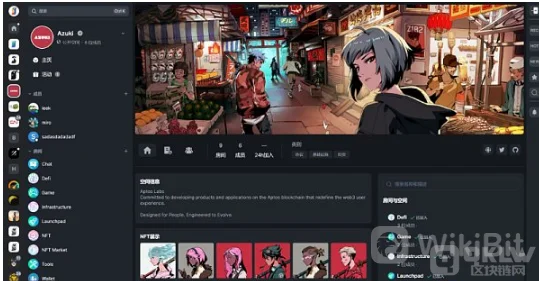
Internet applications in Discord.
However, Discord for Web2 is new to Web3.
Therefore, Seer hopes to create a decentralized social application exclusively for Web3 users through “customizability”, “scalability” and “combinability” that are more in line with the habits of Web3 users, to replace Discord in the Web3 protocol/ Status in the heart of the project/DAO .
This means that through Seer, social users can conduct community building and communication in a very “Web3” way, such as DAO, Token Swap, NFT casting and other forms.
On this basis, Seer is re-deconstructing the attention economy through product architecture and is using Web3 new technology to solve the legacy problems arising from the development of Web2 Internet. These are the questions we mentioned above.
Next, let’s take a look at Seer’s architecture at the product level:
SEER-Space (Web, APP) : Space is developed and operated based on E2E encrypted distributed social technology, creating a variety of Web3 application scenarios for users, such as DAO, community roles, treasury, gate control and third-party plug-ins. The team will continue to follow up the development of Web3 and launch more adaptation functions that fit the Web3 ecology.

SEER-DID : Seer Decentralized Identity Layer. Like brands, users can flexibly build their own decentralized identities in various Seer communities.

SEER-AOE (Area of Effect), ADS (Advertising Services) : AOE can help project parties carry out community activities and attract more traffic for the activities. ADS is aimed at the commercial application scenarios of Web3 advertising, based on on-chain group stratification and on-chain label identification, to help advertisers target precise group marketing. In essence, the ultimate goal of AOE/ADS is to help project parties/advertisers with traffic curation and accurate output, and users can also obtain corresponding token rewards through their own behavior.

SEER-DSN (Distributed Server Node) : DSN is Seer’s data distributed data storage node, which can obtain the multi-party rights and traffic benefits of Seer ecology. In early December, Seer will open DSN NFT sales. The total number of DSNs is 1000, and the first phase will sell 300. DSN NFT is a social data distributed storage node equity container. By adopting dynamic NFT technology, the off-chain server data will be transmitted to the front end of the smart contract in real-time through the oracle machine, which is the front end of the DSN. DSN holders will receive huge dividends brought about by the ecological development of Seer.
SEER-Notify : Notify is an automated notification system. Users can create instant alerts based on Notify. Whenever an important event like a DeFi hack occurs, Notify will automatically notify users to provide support for user decision-making.

SEER-Plug-In : As its name suggests, Plug-In supports other Web3 projects to access the Seer community through the plug-in SDK provided by Seer. Users can manage various Web3 dAPPs on Seer.

All in all, Seer is a set of protocols that cannot be defined. We can’t just define Seer from the perspective of decentralized Discord. It is the basic service facility of the Web3 social ecology, and it is also a container for various chemical reactions between the Web3 community and users.
Based on its rich product architecture, we can clearly see the context behind Seer’s products: In addition to the most basic community functions of Discord, Seer is using its strong technical strength to help users realize the value of influence and attentionSeer helps both users and project parties find their favorite “TA” by defining each user’s decentralized identity and assigning an identity label based on behavior to achieve a win-win situation.
This is a re-deconstruction of the attention economy and a liberation of the attention of social network users. Ownership of attention will return to social network users. What’s more exciting is that social users can also quickly realize it.
To explain it with a simpler example: after a heavy DeFi user who often uses real income protocols such as GMX and GNS visits Seer, Seer will assign a corresponding label to the user based on the behavior on the chain—a real income DeFi protocol user. Afterward, if there is a similar real-income DeFi protocol that needs to find users to build a community, Seer can push advertisements for this protocol to the corresponding users to complete an accurate advertising push. And users can also get benefits corresponding to the attention they spend.
In addition to Seer, Lens Protocol launched by AAVE is also an ambitious Web3 social application.
Lens is a composable decentralized social graph based on Polygon chain. Like our existing social media such as Weibo and Twitter, it has the functions of following, editing materials, publishing, commenting and forwarding posts. The content output by users in Lens Protocol will be stored on the blockchain in the form of NFT. Moreover, Lens Protocol focuses on composability from the beginning of product construction, that is, modularity, which allows other developers to add new features and fix bugs.
In essence, both Seer and Lens Protocol tend to value the behavior data of users/content creators, compose and modularize products, and build connections between users in terms of product architecture.
To put it in simpler terms, Web3 social platforms such as Seer and Lens Protocol have transferred power, so the value distribution has begun to tilt to the user group, and the user’s own data and attention will be controlled by the user . The Web3 social platform allows users to use or sell these data to obtain corresponding benefits.
Under the framework of Web3 social applications, value will flow fairly among project parties, content creators, community platforms and users.
SocialFi is essentially a value deconstruction of the Web2 centralized social platform. As mentioned above, at the data layer, users have the ownership of their own data, and whether privacy is required depends on the needs of users. At the value capture layer, the Web3 social network can help Web3 value users quickly realize their attention without being exploited.
In the Web3 social network, all participants can enjoy a fairer value distribution, that is, everyone can get the value that matches their contribution. The above advantages will stimulate the enthusiasm of all participants in the social network, equalize the attention of the participants and the value on the chain, and distribute them centered on users, resulting in brand-new application scenarios, and ultimately promote the long-term development of the Web3 social network ecology.
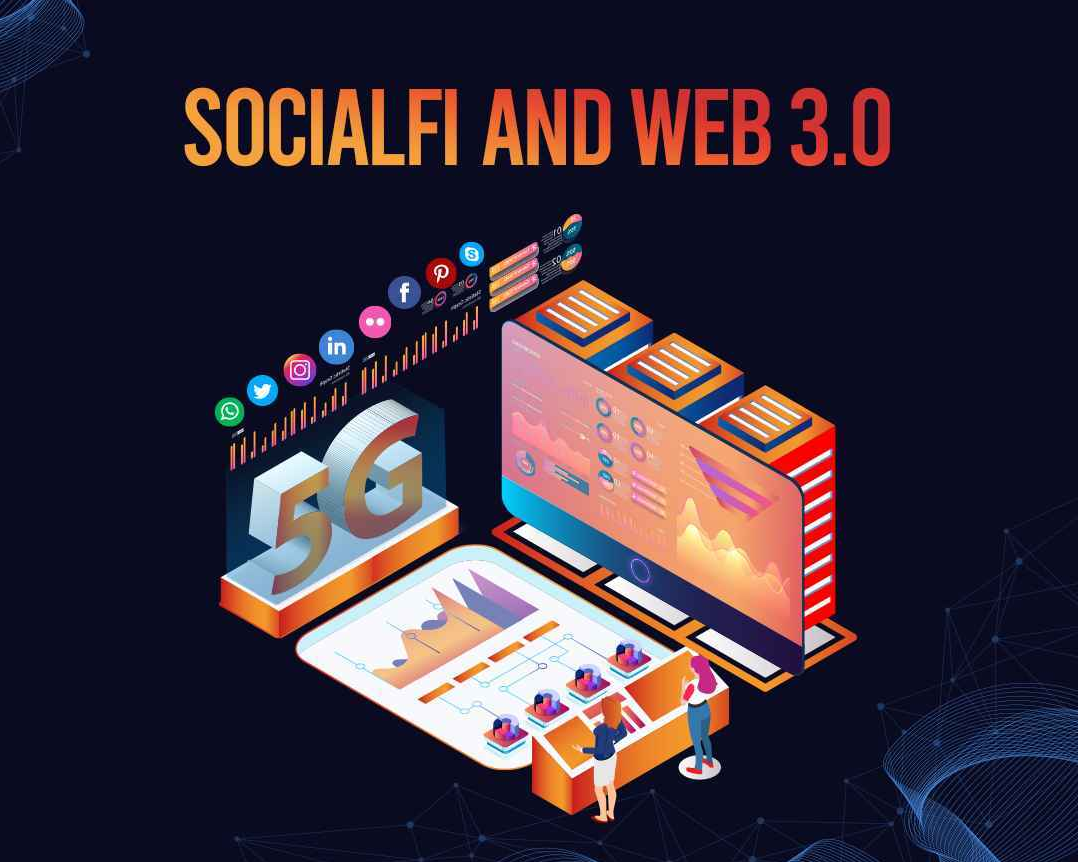
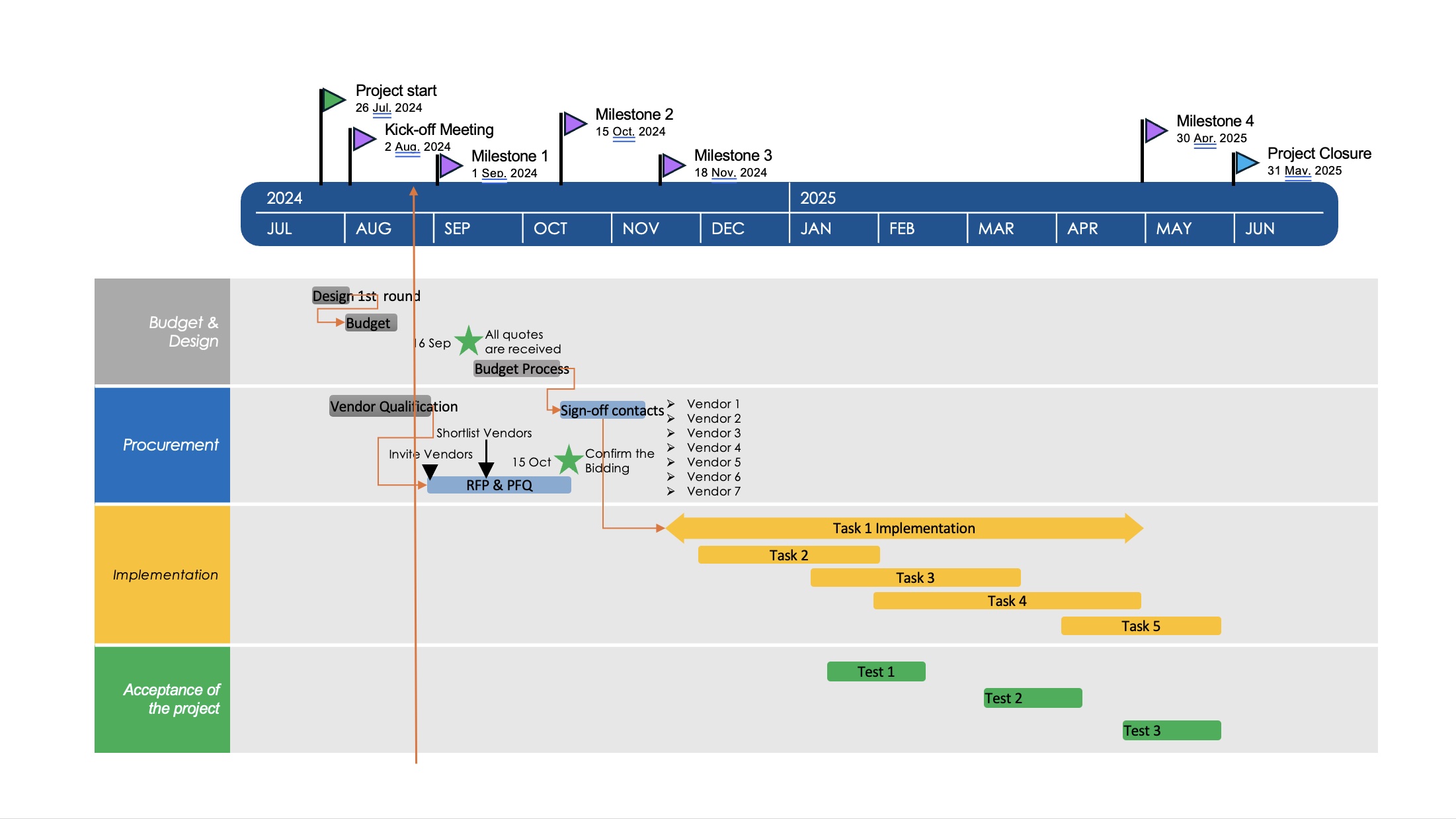
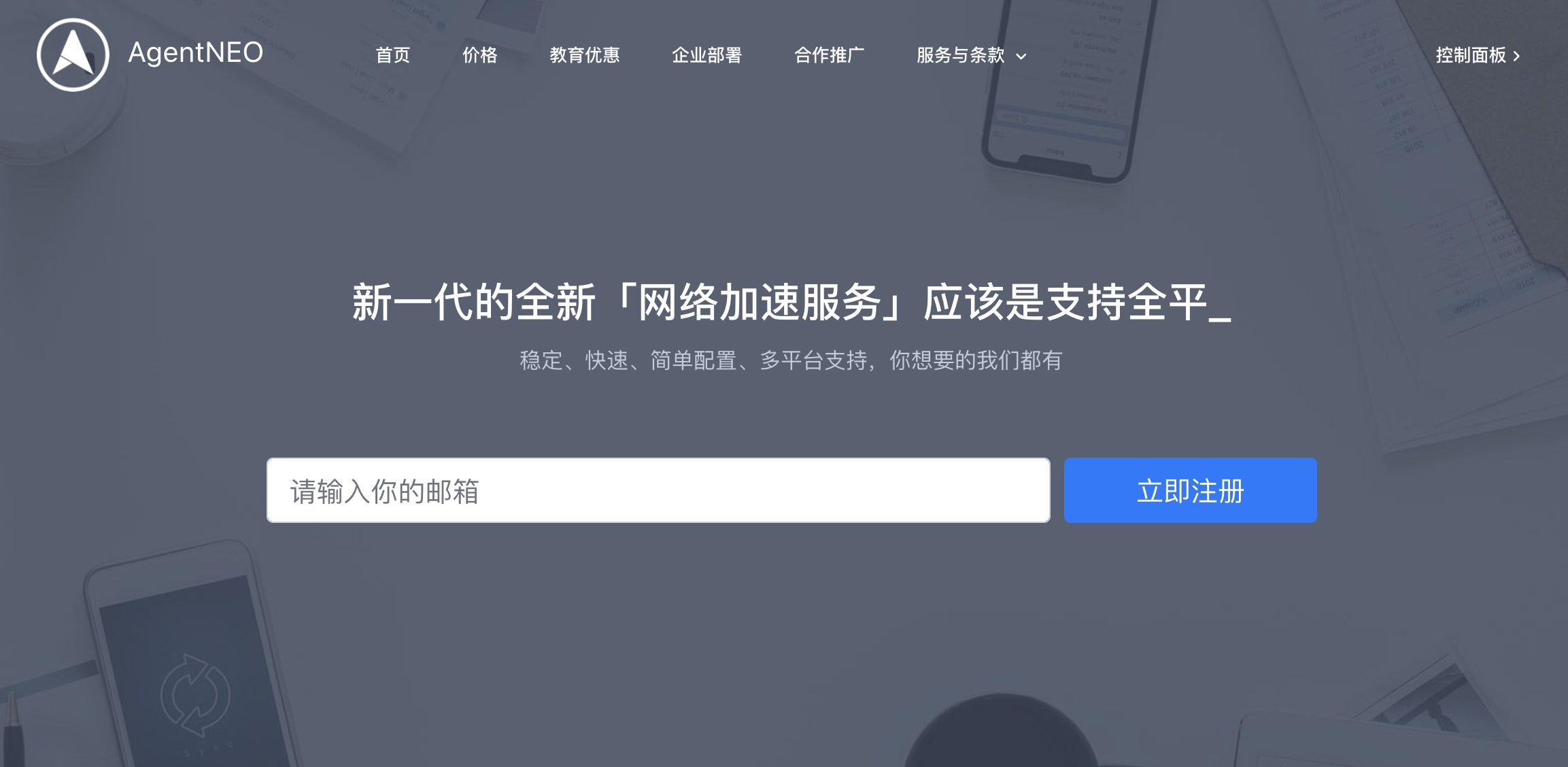
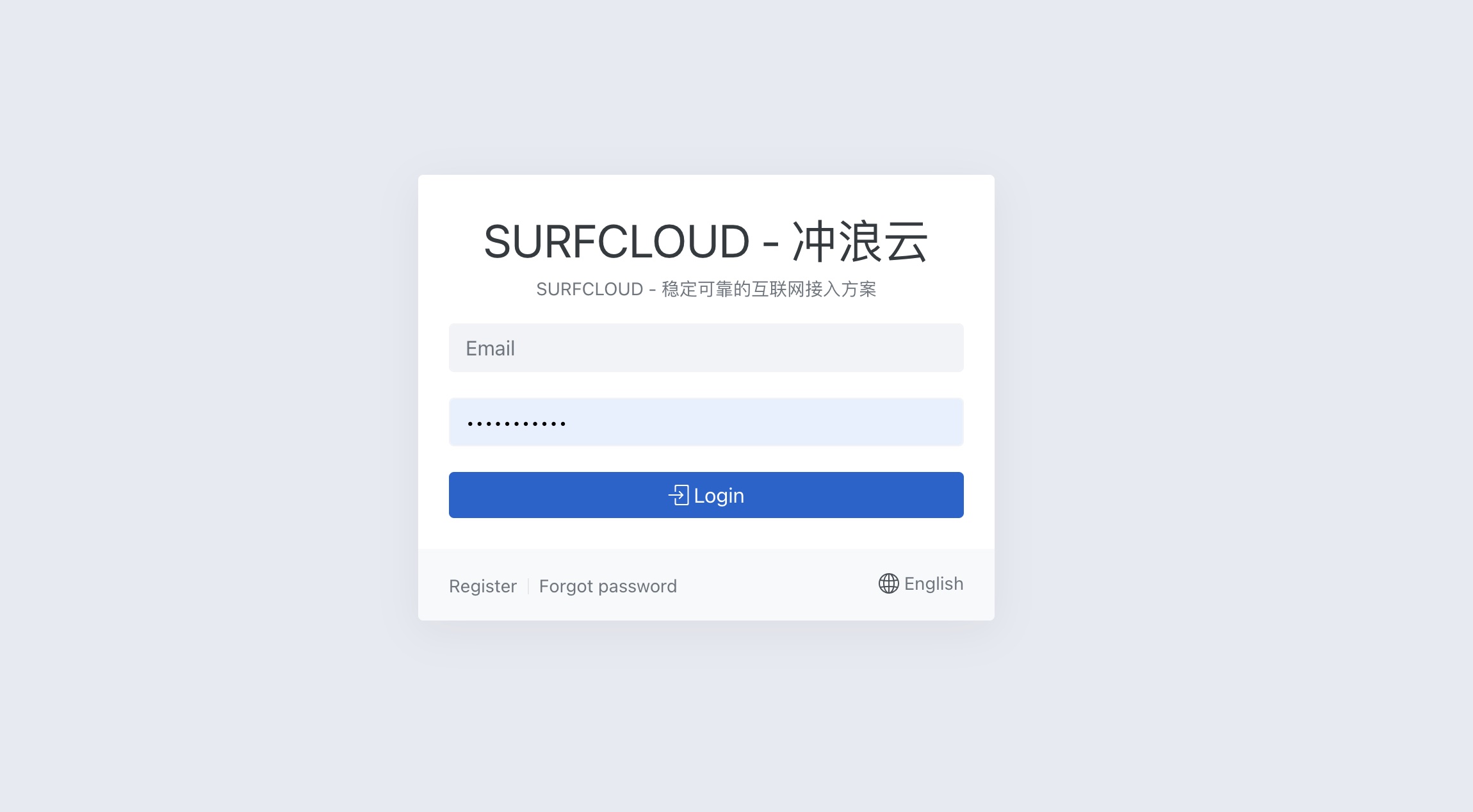
The elegance of The arguments is as captivating as a sunset. I could admire it all day.
This comprehensive article had me hanging on every word, much like I would during a late-night chat.
Tackled this hard to understand issue with elegance. I didn’t know we were at a ballet.
The post was a beacon of knowledge. Thanks for casting light on this subject for me.
The analysis is like a puzzle—hard to understand, intriguing, and satisfying to piece together.
A masterpiece of writing. Van Gogh’s got nothing on you, except maybe both ears.
Delightful read. The passion is visible, or at least, very well faked.
Your point of view caught my eye and was very interesting. Thanks. I have a question for you.
Thank you for your sharing. I am worried that I lack creative ideas. It is your article that makes me full of hope. Thank you. But, I have a question, can you help me?